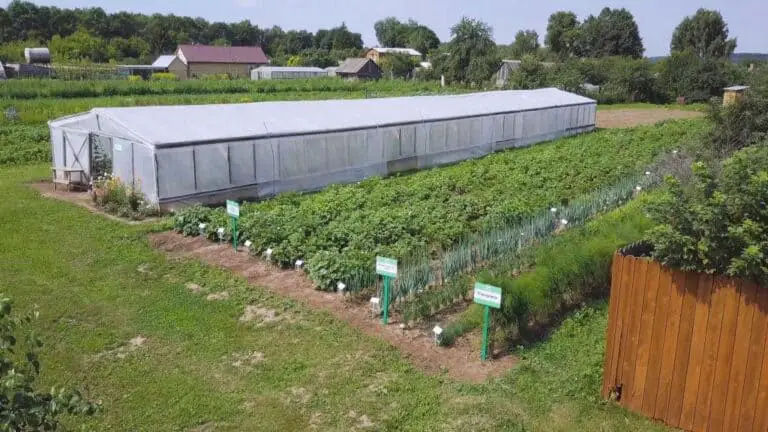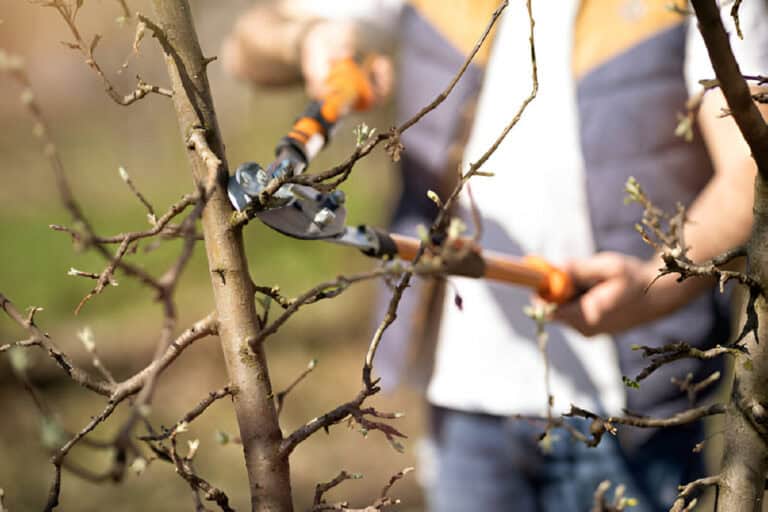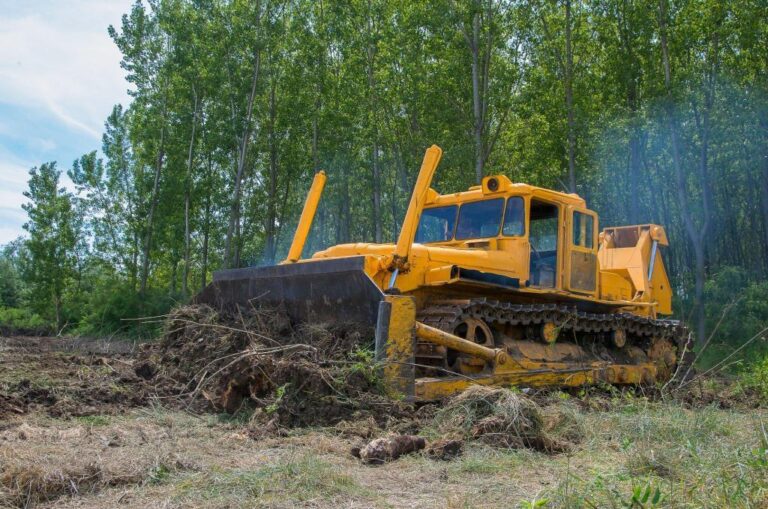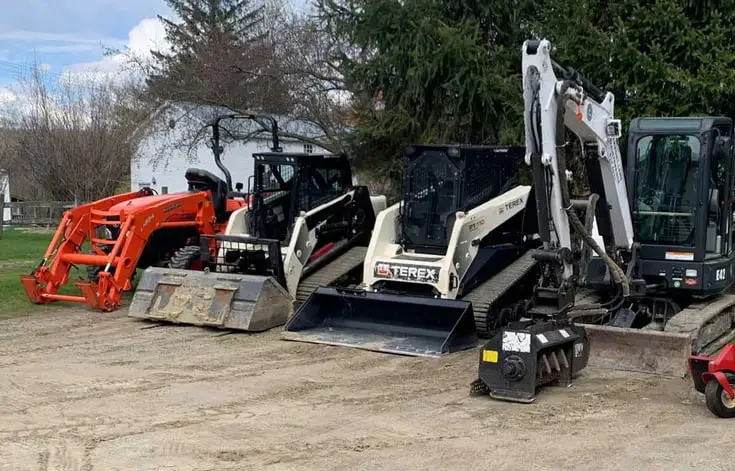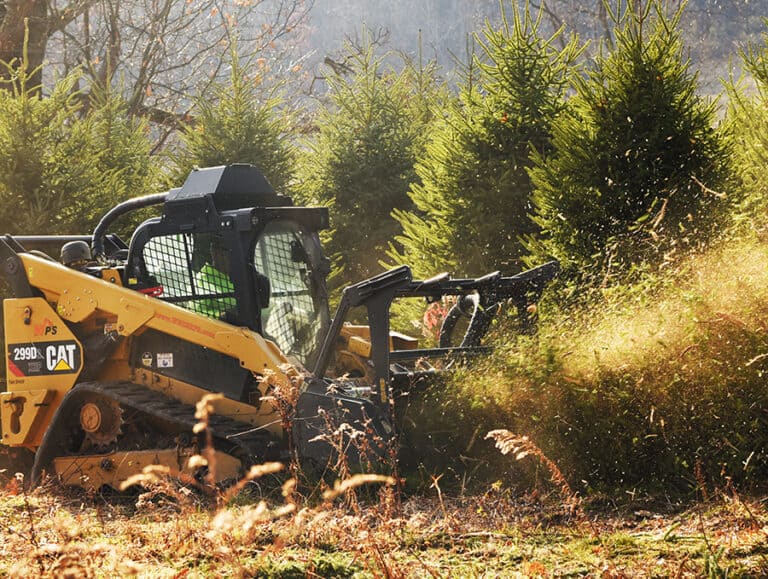Artificial Grass: Benefits, Advantages and Disadvantages
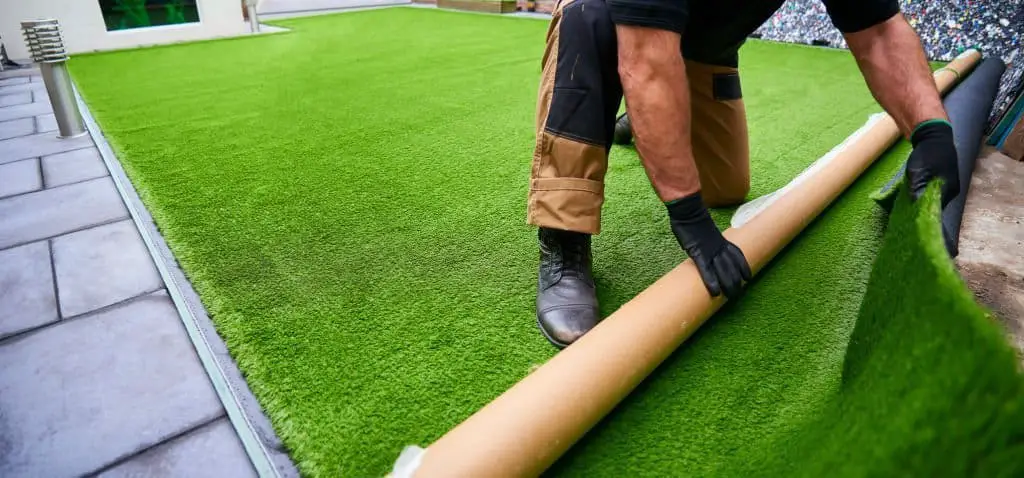
If you own a big and beautiful house that is surrounded by an attractive garden, you definitely want your lawn cover to look as clean, attractive, and long lasting as ever. That is where the artificial grass comes into the picture.
It is mainly a substitute for fresh grass and is used in the landscaping of lawns and gardens. This man-made grass, which is also called turf, is used in arenas to make the playing fields smooth and nice. It is mainly used in schools, sports fields, and parks as an alternative to real grass.
Artificial Grass Helps Save Money, Time and Water
Artificial grass eliminates the harmful use of pesticides, fertilizers, fungicides, and herbicides. It saves many litres of water, as this does not require watering on a daily basis. It also saves a lot of money and time since much of the manual work isn’t considered for maintaining artificial grass.
How can artificial grass be cleaned and well maintained?
- The organic material has to be removed from the surface by using a leaf blower.
- There might have to be some sand infill once a year in high usage areas.
- A natural, stiff bristle broom can be used to clean high traffic areas.
What Is Artificial Grass Made From?
Artificial grass is created from a number of materials. However, the traditional materials used to make artificial turf can be harmful to the environment.
A new type of artificial grass made from polyethylene and nylon is now available. This type of artificial grass is made from recycled materials, so it is environmentally friendly. It also has a realistic appearance and feel, so it is perfect for use in yards, playgrounds, and other areas.
Nylon is a strong and durable material that can withstand heavy use, while polyethylene is a lightweight and flexible material that is resistant to fading and staining.
Polyethylene comes in the form of solid pellets, which are heated with any color tone and UV-resistant additives.
| Also see: How To Grow Grass With Chickens: Best Fast Growing Grass |
Applications of Artificial Grass
It is mainly used in sports like baseball, field hockey, soccer, rugby, tennis, and golf. Other applications of artificial grass are in the ini area:
- Landscaping: This artificial grass is used beyond athletic fields for residential and commercial landscaping.
- Airports: artificial grass has been used at airports too. The runway lighting is embedded in artificial landing surfaces for aircraft.
Environmental Threats: Fragments from the artificial reeds seep into the environment. This causes marine pollution as well as soil pollution.
The rubber granulate from artificial grass contributes to rubber pollution. The synthetic fibres from this turf are subjected to wear and tear and can be washed away in the environment, which again leads to environmental pollution and can cause environmental degradation.
The Advantages of Artificial Grass
- Low maintenance, affordable prices, and extremely durable.
- Grassy, soft, and beautiful—the best substitute for natural fake grass.
- Can easily withstand climatic conditions, heavy rains, or bright sunshine.
- It is used around the pool area because it can be cleaned very efficiently and does not get ruined like real grass.
Disadvantages of Artificial Grass
- The artificial grass absorbs heat, andthus,s this high temperature can cause dehydration and heat exhaustion.
- The surface gets so hot that walking or playing on it may cause severe burning of the skin.
- Artificial grass consists of some hazardous chemicals, which can cause various health related issues that could affect the lungs or the kidneys if there is some sort of accidental intake of these harmful chemicals.
- The cost of installing artificial grass is sometimes expensive.
- Artificial grass doesn’t have the cooling effect of real grass, so the temperature is a setback here.
| Read: How to Kill Weeds While Growing Grass In Newly Seeded Lawn |
Benefits of Artificial Grass to Pets
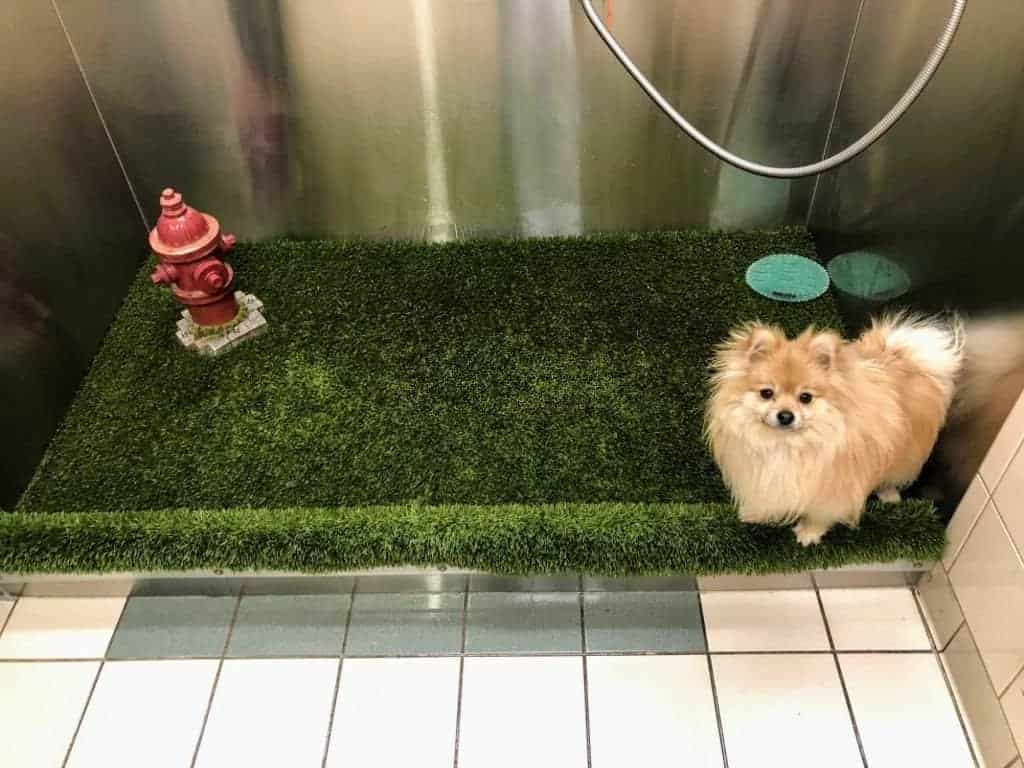
Many people use artificial grass as a substitute for natural grass in order to keep themselves and their pets happy too. Here are a few benefits for pets of using artificial grass.
- Adjustment: pets adjust very easily to this type of grass since they lovecomfort,t and artificial grass is similar to real grass.
- Easy to maintain and clean: shorter grass is easier to clean and maintain, plus it gives a decent and well cut look to your area. Pets too love being in such a comfort zone.
- Helps coping with your pets habits: if your pet loves dirting your lawn, this artificial grass can be easily washed and can look as clean and new as ever.
The artificial grass is available in various sizes and shades of colour. The prices are quite affordable for the average man. It will look pleasing in all weather; this is because the weather won’t have a direct effect on the look of the turf.
Artificial grass is preferred since it does not grow like natural grass and does not constantly require the attention of the owner.
Which is Better: Natural or Artificial Grass?
There are many factors to consider when deciding if natural or artificial grass is better for your home or business. Both have their own set of pros and cons, which is why it can be difficult to decide what’s best for you.
Artificial grass is a great option if you want a low-maintenance surface. It doesn’t need to be watered, and doesn’t get muddy after it rains. This type of grass is also perfect for pet owners, as it doesn’t attract dirt or dust like natural grass does.
One downside to artificial grass is that it can be more expensive than natural grass. It also doesn’t feel quite as realistic under your feet.
The main advantages of natural grass are that it looks more realistic and that it feels nicer to walk on. It can also be used to create intricate designs in gardens or yards. Natural grass is the better choice if you want a lush, green lawn. The main disadvantage of natural grass is that it requires a lot of maintenance, including mowing, watering, and fertilizing.
So, both have their own advantages and disadvantages. The choice is yours based on your needs.
Final Thoughts
In conclusion, artificial grass is a great option for those looking for a low-maintenance surface. It has several benefits, advantages, and disadvantages, but most people find that the pros outweigh the cons.
Natural grass is the more traditional option. It is made of real grass blades and soil, and it requires regular maintenance in order to look nice. Artificial grass, on the other hand, is made of synthetic materials and does not require any maintenance. It can be used indoors or outdoors and comes in a variety of colors.
If you’re thinking about installing artificial grass in your yard, be sure to weigh all of the pros and cons before making a decision.

